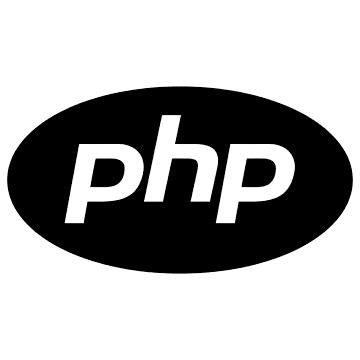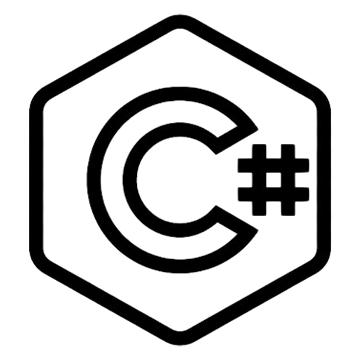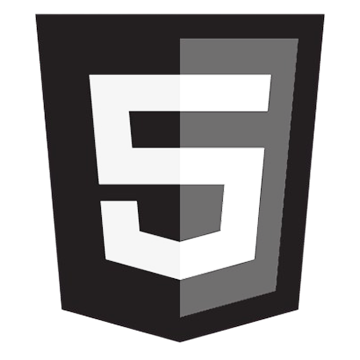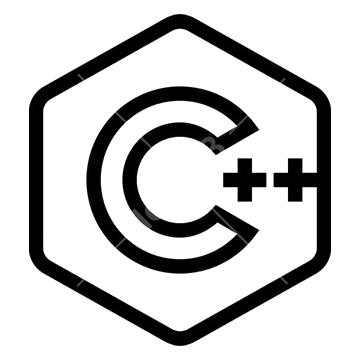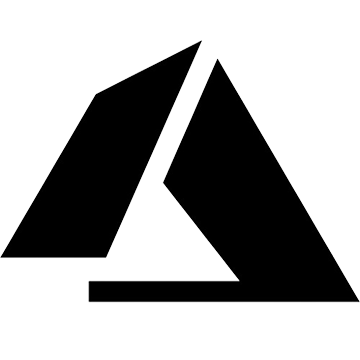Scoping:
-
Goal Identification: Collaborate with the client to define the business objectives and goals of the software.
-
Requirement Gathering: Conduct detailed discussions to gather all functional and non-functional requirements.
-
Feasibility Study: Analyze the technical and economic feasibility of the project.
Prototype Development:
-
Interactive Prototype: Build a clickable prototype that simulates user interface interaction.
-
User Feedback: Present the prototype to stakeholders to gather feedback and make necessary adjustments.
-
Iteration: Refine the prototype based on feedback to better meet user expectations and project requirements.
Wireframes and UI/UX Design:
-
Wireframing: Create basic layouts that outline the structure and components of the application.
-
UI Design: Develop the user interface, focusing on aesthetics and user experience.
-
UX Design: Map out the user journey to ensure a logical flow and intuitive interaction.
Software Architecture Planning:
-
Technology Stack Selection: Choose appropriate technologies and frameworks based on project requirements.
-
Architecture Design: Define the software architecture, including database schemas, software layers, and APIs.
Development:
-
Coding: Begin coding the application according to the planned architecture and design documents.
-
Code Reviews: Implement regular code reviews to maintain code quality and consistency.
-
Continuous Integration/Continuous Deployment (CI/CD): Automate building, testing, and deployment processes to ensure seamless integration of new code.
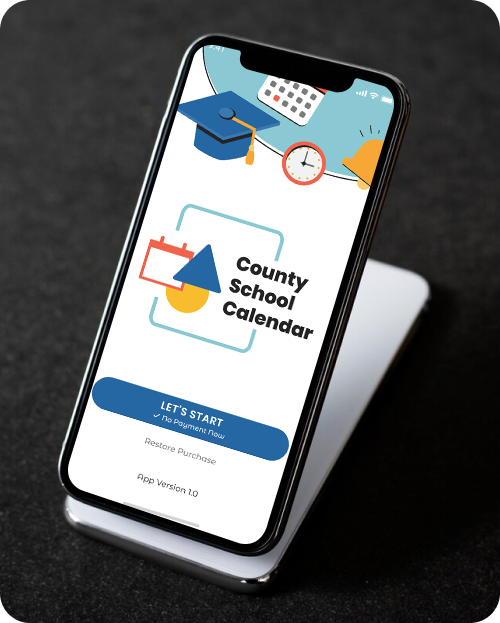
Testing and Quality Assurance:
-
Unit Testing: Test individual units of source code for proper operation.
-
Integration Testing: Ensure that integrated components function together as expected.
-
System Testing: Test the complete system’s compliance with the specified requirements.
-
User Acceptance Testing (UAT): Conduct testing by the actual end-users to ensure the system meets their needs.
Deployment:
-
Staging: Deploy the software on a staging server that closely resembles the production environment.
-
Production Deployment: Launch the application in the production environment.
-
Post-Deployment Testing: Perform final testing to ensure everything runs smoothly in the live environment.
Maintenance and Updates:
-
Regular Updates: Roll out patches and updates to enhance features and address any issues.
-
Performance Monitoring: Continuously monitor the application for performance issues and potential improvements.
-
Client Support: Provide ongoing support and troubleshooting to handle any arising issues.
Feedback and Iteration:
-
Gather Feedback: Continuously collect user feedback on the software’s performance and usability.
-
Iterative Improvement: Implement improvements and additional features based on the feedback collected.













